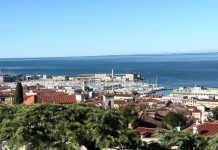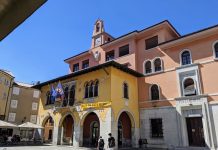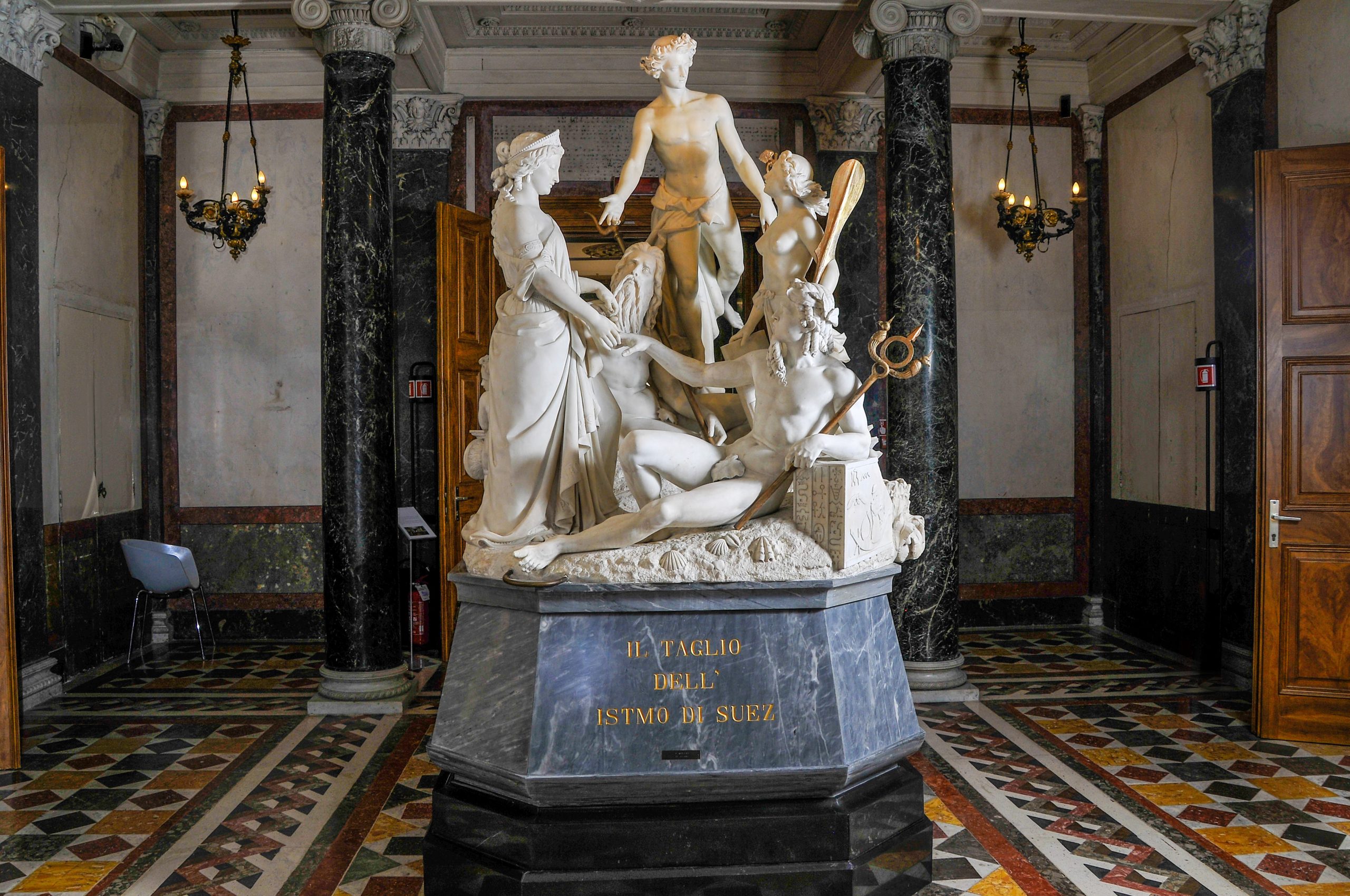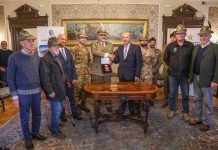by InTrieste
The city of Trieste will host a week-long celebration dedicated to Italy’s Alpine troops from Nov. 10 to 15, culminating in a public ceremony in Piazza Unità d’Italia to formally induct newly trained soldiers into the Alpini corps.
Mayor Roberto Dipiazza announced the initiative on Thursday at City Hall, joined by City Council President Francesco Di Paola Panteca and senior representatives of the Alpine Training Center in Aosta. The event, known as the “Settimana del Cappello Alpino,” marks the official conferral of the iconic Alpini hat — complete with its feather — to volunteers who have completed their initial mountain training.
On Nov. 15 at 3 p.m., 140 young volunteers will receive their hats from 140 veterans of the National Alpini Association in a public ceremony in Trieste’s main square. The tradition, revived in recent years, awards the cap only after rigorous training and in front of the community.
“It will be a moment of great emotion,” Mayor Dipiazza said, recalling the 2005 national Alpini gathering in Trieste. “Here, the flag-raising is more than a ceremony — it is a shared sentiment. This city perhaps more than any other embodies the authentic soul of Italy.”
Lt. Col. Mario Renna, from the Alpine Engineer Corps, expressed gratitude to Trieste for hosting the event. “The cap is not given at the school — it is earned,” he said. “We chose Trieste for its symbolic value and deep connection to national history.”
Throughout the week, the volunteers will participate in training activities across the region and take part in educational and cultural events. According to Maj. Alberto Barberis, press officer of the Alpine Training Center, the new Alpini include 16 women and recruits from across Italy, with the largest contingent coming from Piedmont. Nine recruits hail from Friuli Venezia Giulia.
Capt. Alessandro Marino, commander of the unit overseeing the training, described the demanding 12-week preparation program, which ends with a final field exercise in the Trieste area. Volunteers will practice tactical climbing in sites such as Val Rosandra, the Napoleonica trail, and Sistiana cliffs, as well as visit the World War I memorials at Redipuglia and Oslavia.
“Not everyone completes the course,” Capt. Marino said. “It is a rigorous process, and the evaluation continues even here in Trieste.”
The closing ceremony in Piazza Unità d’Italia is expected to draw local residents and visitors, reflecting the city’s longstanding role as a symbolic gateway between Italy and Central Europe — and its ties to the country’s military history.
































